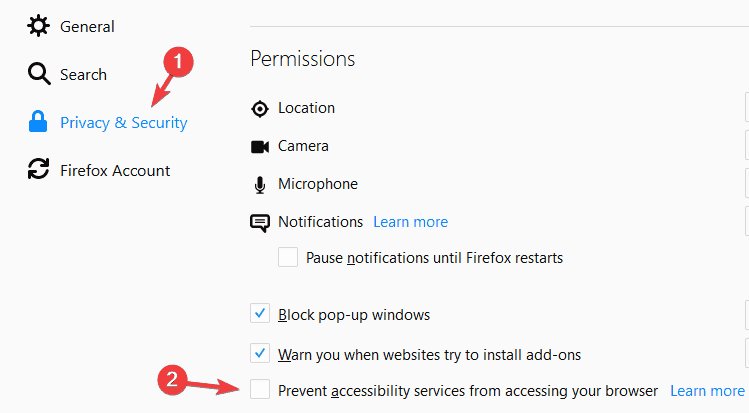

Note however that the server identity (the server_name or SNI extension) that a client sends to the server is not encrypted. In particular, this means that server and client certificates are encrypted.
The TLS 1.3 handshake is encrypted, except for the messages that are necessary to establish a shared secret. These cipher suites all use modern Authenticated Encryption with Associated Data (AEAD) algorithms. TLS 1.3 defines a new set of cipher suites that are exclusive to TLS 1.3. TLS 1.3 supports forward-secure modes only, unless the connection is resumed or it uses a pre-shared key. Though the performance gains from 0-RTT can be significant, they come with some risk of replay attack, so some care is needed before enabling this feature. Clients that reconnect to the server can send requests immediately, eliminating the latency of the TLS handshake entirely. A server can enable a 0-RTT (zero round trip time) handshake.  The TLS 1.3 handshake completes in one round trip in most cases, reducing handshake latency. For the web, TLS 1.3 can be enabled without affecting compatibility with some rare exceptions (see below). TLS 1.3 changes much of the protocol fundamentals, but preserves almost all of the basic capabilities as previous versions of TLS. Reduce the time needed to complete a handshake. Improve privacy by encrypting more of the protocol. Include strong security analysis in the design. Remove unused and unsafe features of TLS 1.2. TLS 1.3 includes numerous changes that improve security and performance. RFC 8446: TLS 1.3 is a major revision to TLS. The configuration file may need some adjustments to include custom settings, so be sure to review the generated configuration before using it installing the configuration file without ensuring any references to domain names and the like are correct will result in a server that just doesn't work. Using the configurator is a recommended way to create the configuration to meet your needs then copy and paste it into the appropriate file on your server and restart the server to pick up the changes. Amazon Web Services CloudFormation Elastic Load Balancer. To assist you in configuring your site, Mozilla provides a helpful TLS configuration generator that will generate configuration files for the following Web servers: The Mozilla OpSec guide to TLS configurations provides more information on recommended configurations. In general, you should try to limit cipher support to the newest ciphers possible which are compatible with the browsers you want to be able to connect to your site. Correctly configuring your server is crucial.
The TLS 1.3 handshake completes in one round trip in most cases, reducing handshake latency. For the web, TLS 1.3 can be enabled without affecting compatibility with some rare exceptions (see below). TLS 1.3 changes much of the protocol fundamentals, but preserves almost all of the basic capabilities as previous versions of TLS. Reduce the time needed to complete a handshake. Improve privacy by encrypting more of the protocol. Include strong security analysis in the design. Remove unused and unsafe features of TLS 1.2. TLS 1.3 includes numerous changes that improve security and performance. RFC 8446: TLS 1.3 is a major revision to TLS. The configuration file may need some adjustments to include custom settings, so be sure to review the generated configuration before using it installing the configuration file without ensuring any references to domain names and the like are correct will result in a server that just doesn't work. Using the configurator is a recommended way to create the configuration to meet your needs then copy and paste it into the appropriate file on your server and restart the server to pick up the changes. Amazon Web Services CloudFormation Elastic Load Balancer. To assist you in configuring your site, Mozilla provides a helpful TLS configuration generator that will generate configuration files for the following Web servers: The Mozilla OpSec guide to TLS configurations provides more information on recommended configurations. In general, you should try to limit cipher support to the newest ciphers possible which are compatible with the browsers you want to be able to connect to your site. Correctly configuring your server is crucial.






